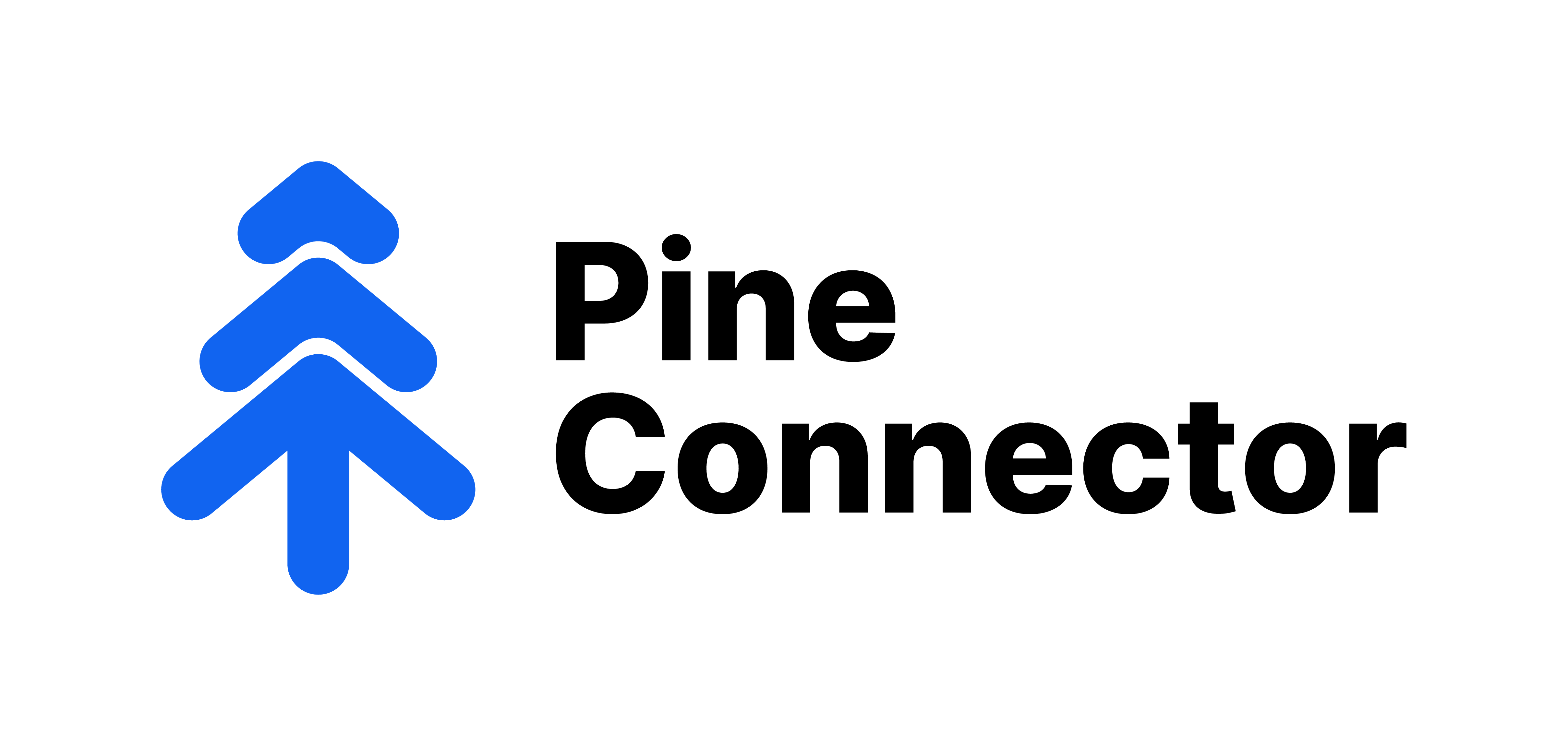
Maximum drawdowns (MDD) are a fundamental aspect of investment, representing the most severe peak-to-trough decline an asset or portfolio can endure within a specified timeframe, such as monthly or annually. Their significance transcends traditional trading, with a growing relevance in automated trading.
For traders delving into automated trading, comprehending maximum drawdowns is equally vital. It not only aids in determining one's risk threshold but also sheds light on the repercussions of specific algorithmic trading strategies.
In this comprehensive guide, we will demystify the concept of maximum drawdowns, shedding light on what they entail, precise measurement techniques, and, most crucially, strategies to adeptly navigate and curtail trading losses
Understanding Drawdowns: The Basics
In the context of investing, a drawdown refers to the decline in the value of an investment or trading account from its peak to its lowest point. It measures the peak-to-trough loss experienced during a particular trading period. Drawdowns are expressed as a percentage, which helps traders and investors gauge the risk associated with a specific strategy or investment vehicle.
Maximum drawdown (MDD) is the greatest extent of a drawdown during a given time period. It's calculated by subtracting the lowest point from the highest point in an investment curve over a specified period and then dividing that figure by the peak value.
Measuring Drawdowns: Formula and Interpretation
Traders and investors can measure MDDs using a variety of different methods. One popular method is the fixed percentage drawdown calculation, which requires traders to specify what percentage of their account balance should be used as the "maximum drawdown" amount. This figure is then factored into the drawdown calculation.
Another popular method for measuring MDDs is the rolling window drawdown, which looks at relative losses within a certain time frame. This method requires traders to define what "window" of time they want to analyze when calculating their MDD. For example, if a trader wants to measure the MDD over the course of a month, they would look at the drawdowns in their account over that time period.
To calculate the drawdown of an investment or trading strategy, the following formula is commonly used:
Drawdown (%) = [(Peak Value - Trough Value) / Peak Value] x 100
Now, let's break this down step by step:
- Peak Value: This represents the highest point your investment or trading account reached during a given period.
- Trough Value: This is the lowest point your investment or trading account reached during the same period.
Using this formula, you can calculate the drawdown percentage, providing a clear picture of the risk associated with your investment strategy. The higher the drawdown percentage, the more significant the loss experienced.
Why Drawdowns Matter
Maximum drawdowns are important for traders and investors because they indicate the risk associated with trading strategies. By measuring MDDs, traders can better understand how much capital they are willing to put at risk when implementing any given strategy.
MDDs also allow investors to compare the performance of different strategies and assets over time. For example, if two strategies have similar returns, but one has significantly higher drawdowns than the other, investors can decide which strategy is more suitable for their risk appetite.
Understanding drawdowns is crucial for several reasons:
- Risk Assessment: Drawdowns allow investors to assess the risk associated with a particular investment or trading strategy. A high drawdown percentage indicates a riskier approach, while a lower percentage signifies a more stable investment.
- Performance Evaluation: Traders and investors use drawdowns to evaluate the historical performance of a strategy or fund. It helps in assessing whether the returns are worth the associated risk.
- Emotional Resilience: Knowing your maximum drawdown can also prepare you emotionally for the inevitable losses in trading. This knowledge can help you stay disciplined and avoid impulsive decisions during turbulent times.
Real-World Data on Drawdowns

Drawdowns can vary significantly between different asset classes and strategies. For example, commodities tend to have higher drawdowns than equities due to their volatile nature. On the other hand, stocks usually experience smaller drawdowns than commodities because of their more stable returns over time.
It’s important to note that drawdown levels are not static and can differ from one period to the next. While an investment strategy may have a historical drawdown of 10%, it could experience much higher levels in future periods due to changes in market conditions.
To put drawdowns into perspective, let's look at some real-world examples:
- Stock Market Crash of 2008: During the 2008 financial crisis, the S&P 500 experienced a drawdown of approximately 56%. This means that investors who held a diversified portfolio tracking the S&P 500 saw their investments plummet by more than half during that period.
- Hedge Fund Failures: In the hedge fund industry, some notable funds have experienced significant drawdowns. For instance, Long-Term Capital Management (LTCM) faced a drawdown of nearly 92% in 1998, leading to its collapse.
These examples highlight the importance of understanding drawdowns in real-world investment scenarios. They also underscore the need for risk management strategies to mitigate losses.
Managing Drawdowns: Risk Mitigation Strategies

When trying to minimize or manage drawdowns, it's important for traders and investors to understand their risk tolerance. Knowing your own risk tolerance can help you develop an effective trading strategy that minimizes losses while still allowing you to earn potential returns.
It's also important to diversify your investments and take advantage of hedging techniques, such as short-selling or options trading. These strategies can help you reduce risk while still allowing you to participate in potentially profitable markets.
Moreover, financial professionals recommend setting stop losses and placing limit orders to manage risk and ensure losses are minimized while still taking advantage of potentially profitable opportunities.
In addition, investors should stay informed and up-to-date on market trends and news. This can help them identify potential opportunities or risks so they can take the necessary steps to minimize losses and maximize returns.
Now that we've covered the basics of drawdowns and their significance let's explore strategies to manage and minimize trading losses:
- Diversification: Spreading your investments across different asset classes can help reduce the impact of drawdowns. A diversified portfolio is less likely to experience steep losses across all assets simultaneously.
- Stop Loss Orders: Implementing stop loss orders can limit your losses by automatically selling an asset when it reaches a predetermined price. This helps you maintain discipline and prevent emotional decision-making during market downturns.
- Risk-Adjusted Returns: Evaluate your investments not just based on returns but also on risk-adjusted returns. Investments with lower drawdowns and higher risk-adjusted returns are often preferred by seasoned investors.
- Position Sizing: Adjust the size of your positions based on your risk tolerance. Smaller position sizes can help you weather drawdowns without depleting your capital.
- Periodic Reassessment: Regularly review and reassess your investment strategy. Market conditions change, and what worked in the past may not be effective in the future.
Conclusion
In the world of investing, knowledge is power. Understanding maximum drawdowns empowers you to make more informed decisions, manage risks, and protect your capital. By using the drawdown formula and implementing risk mitigation strategies, you can navigate the turbulent waters of trading with greater confidence.
Remember, drawdowns are a natural part of investing, and even the most successful traders and investors experience them. What sets them apart is their ability to measure, manage, and adapt to drawdowns effectively. So, take the time to analyze your investment strategy, embrace the concept of drawdowns, and use it as a valuable tool on your journey toward financial success.
Get ready to trade smarter and reduce maximum drawdowns. Visit PineConnector today to learn more about advanced risk management tools and how they can safeguard your investments while optimizing your trading strategies.
Sources
- https://www.pineconnector.com/
- https://www.pineconnector.com/blogs/pico-blog/how-to-get-started-with-automated-trading
- https://www.pineconnector.com/blogs/pico-blog/what-is-the-difference-between-algo-trading-and-automated-trading
- https://www.omnicalculator.com/finance/maximum-drawdown
- https://corporatefinanceinstitute.com/resources/career-map/sell-side/capital-markets/maximum-drawdown/
- https://www.investopedia.com/terms/l/longtermcapital.asp
- https://www.fool.com/investing/stock-market/basics/crashes/#:~:text=9%2C%202007%20%2D%2D%20but%20by,fully%20recover%20from%20the%20crash.
- https://monumentwealthmanagement.com/resource/investment-risk-management-4-ways-to-avoid-portfolio-drawdowns/


